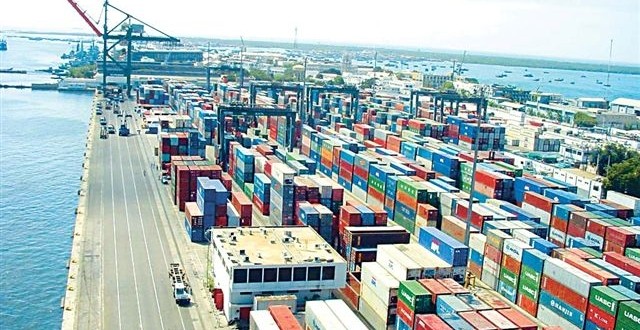Port Qasim is gearing up for a transformative upgrade with the planned development of a coastal economic zone and two LNG terminals under a build-operate-transfer (BOT) model, as announced in a recent press release from the Ministry of Maritime Affairs.
The initiative, part of a broader vision to enhance Pakistan’s maritime sector, also includes proposals for a shipyard, multipurpose cargo terminals, an integrated container terminal, and a second oil terminal with storage facilities.
These ambitious projects were showcased during a meeting with a US delegation at the Ministry, where Federal Secretary Syed Zafar Ali Shah and Port Qasim Authority officials highlighted investment opportunities. The chairman detailed ongoing efforts, such as dredging navigation channels, launching an alternate route, dualizing a 26-kilometer main access road, and installing effluent treatment plants in industrial areas. He noted that Port Qasim operates round-the-clock for ship handling and cargo evacuation, with road and rail connectivity enhancements in progress.
The US delegation also received updates on Karachi Port, which manages 54% of Pakistan’s trade with a 125-million-ton annual capacity, recently climbing to 61st among 405 global container ports. Highlights include three private container terminals, one bulk terminal, three liquid cargo berths, and an eco-friendly cement export facility, with the port capable of handling a 400-meter-long vessel—the country’s largest.
READ MORE: Shipping Activity at Port Qasim
Gwadar Port’s strategic importance, tourism potential, and infrastructure projects, including special economic zones, were also presented as key growth drivers. The US team showed strong interest in LNG terminals, bulk cargo facilities, and broader collaboration across Pakistan’s ports, recognizing the country’s maritime infrastructure as a catalyst for economic expansion.
The government is confident that these developments will elevate Pakistan’s maritime prowess, attracting significant foreign investment, especially from the US, and solidifying its role in regional trade and logistics.









